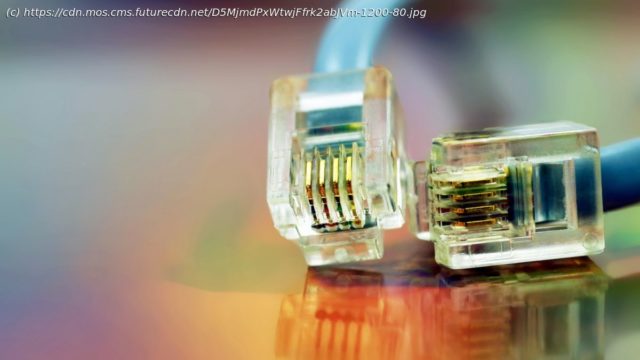Fibre broadband comes in multiple forms and knowing the difference before you buy is important.
FTTC vs FTTP could just be a bunch of letters to many people, but to those about to commit to a broadband internet deal, it’s important to know the difference. To be clear they stand for Fibre To The Cabinet and Fibre To The Property. Both are forms of fibre broadband internet but they work differently and, as a result, offer you varying speeds as an end result. The important part here, aside from those speeds, is that one version is built for the future of faster speeds and the other is limited. So if you’re looking to invest in the long run, knowing the difference could be helpful. Here’s everything you need to know about FTTC vs FTTP. Traditional wired cable ADSL internet uses electric signals, subject to limits because of the resistance which metal wiring creates for the signal. Since power dissipates over time, this will always have a limit to the amount of data these cables can carry. Fibre, on the other hand, uses light to transmit signals along its tube-like cabling.






